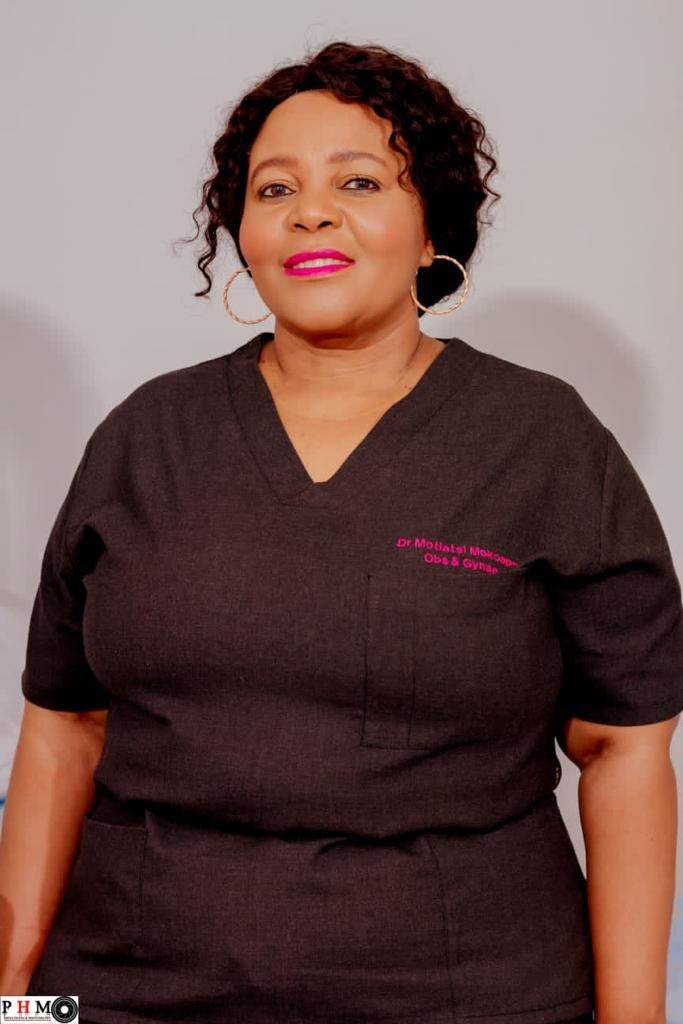By Dr Motlatsi Mokoape, Specialist Obstetrician & Gynaecologist
WHEN it comes to cervical cancer, forewarned is forearmed.
Cervical cancer is the second most common cancer affecting women in South Africa, with one in every 42 women facing a lifetime risk, according to the Cancer Association of South Africa (CANSA). While these statistics may seem alarming, it’s never too late to arm yourself with knowledge and take proactive steps to reduce your risk.
Globally, cervical cancer ranks as the fourth most diagnosed cancer among women, but in South Africa, it’s the second most prevalent, trailing only breast cancer.
This type of cancer occurs when abnormal cells develop in the cervix, the bridge between the uterus and vagina. The main culprit behind cervical cancer is the human papillomavirus (HPV), but there’s a silver lining: it’s largely preventable with the HPV vaccine and regular screenings. Early detection is crucial, especially since this cancer disproportionately impacts women with limited access to healthcare.
The power of regular screening and pap smears
An annual pap smear is more than just a routine check-up, it’s a lifesaver. This simple test can detect cancerous and precancerous cells, giving you the opportunity to address issues before they escalate.
Women with private healthcare often adhere more strictly to regular screenings, benefiting from early intervention. However, in public healthcare, barriers like limited resources and fear of a positive diagnosis can delay these essential checks, leading to late-stage diagnosis when treatment becomes more challenging.
While funding for regular screening can be a hurdle, options do exist. Government healthcare facilities provide screenings, though wait times can be long due to high demand. The good news is that affordable pap smears are available at pharmacies like Dis-Chem and Clicks, making it easier to prioritize your health.
Tackling the fear factor is tougher, but it’s vital to remove the stigma around testing. Awareness campaigns need to emphasize that knowledge is power—catching potential problems early leads to better outcomes. Ignoring symptoms doesn’t make them disappear; it only allows them to grow into bigger, more complex issues.
Understanding your risk and reducing It
Several factors can increase your risk of developing cervical cancer, but there are ways to mitigate them.
Human Papillomavirus (HPV): HPV is a widespread infection, with 70% of people contracting it at some point in their lives.
Two strains, HPV-16 and HPV-18 are responsible for over 70% of cervical cancer cases.
South Africa has made strides in rolling out the HPV vaccine, especially for girls aged nine to 15 years, through the Department of Health’s HPV School Vaccination Programme. Vaccination is the most effective method to lower your risk, preventing 90% of cervical and anal cancers caused by HPV.
Other factors that can increase HPV risk include:
· Early sexual activity at a younger age increases your risk of contracting HPV and, subsequently, cervical cancer. The best prevention is comprehensive sex education, with open conversations between parents, caregivers, and children.
· Smoking tobacco not only harms your lungs but also thins your blood vessels, increasing your risk of cervical cancer. Smokers who contract HPV are more likely to experience prolonged infections that don’t clear up. The best option is to quit smoking cigarettes but if not, tobacco harm reduction should be considered – using products such as nicotine replacement therapies, heat not burn products, and oral nicotine which are better alternatives as they don’t combust tobacco which causes harmful toxins.
· Polygamous marriages can expose women to higher risks of infections, which can lead to cervical cancer. Awareness of these risks and adherence to regular health screenings are essential for prevention.
· Multiple sexual partners, the more sexual partners you have, the greater your risk of contracting HPV and other sexually transmitted infections (STIs), including herpes, chlamydia, gonorrhea, syphilis, and HIV/AIDS, all of which can increase your chances of developing cervical cancer. Practicing safe sex and reducing the number of partners are key preventative measures.
Empower yourself
I urge all women to take charge of their health by adopting preventative measures to lower their risk of cervical cancer. Regular health screenings, vaccinations, proper nutrition, exercise, and self-care are essential tools in your arsenal against this disease. Remember, knowledge and action are your best defences.
Image supplied (Dr Motlatsi Mokoape, Specialist Obstetrician & Gynaecologist).

